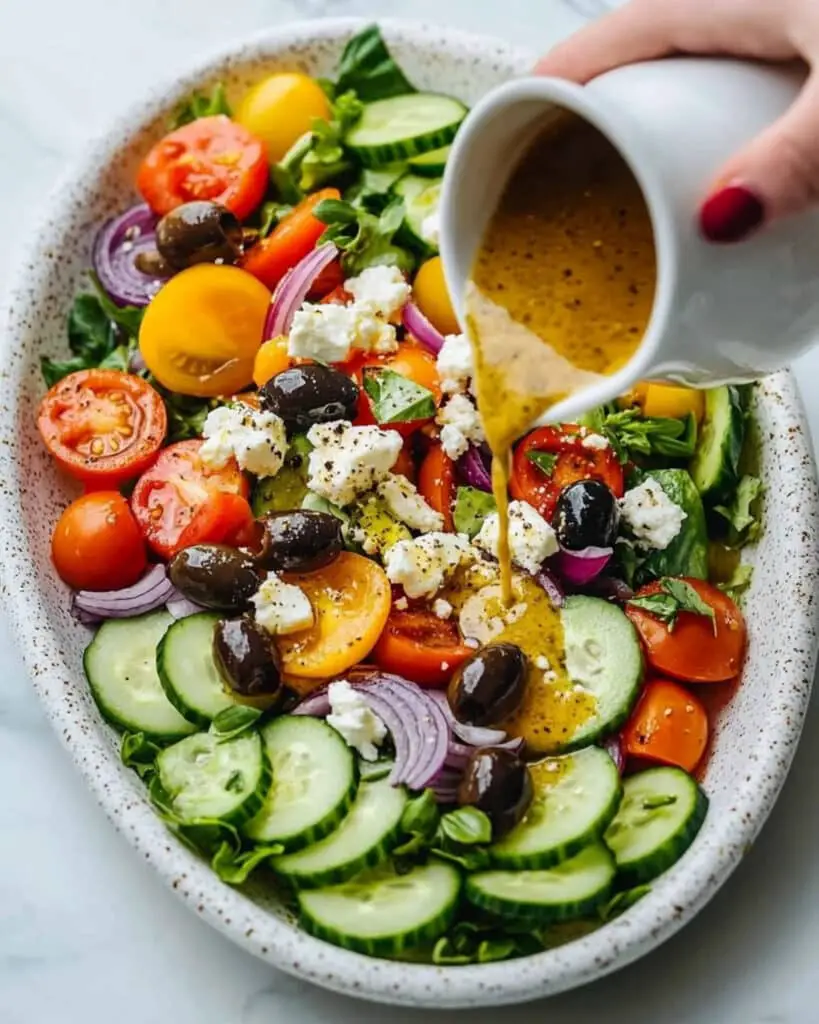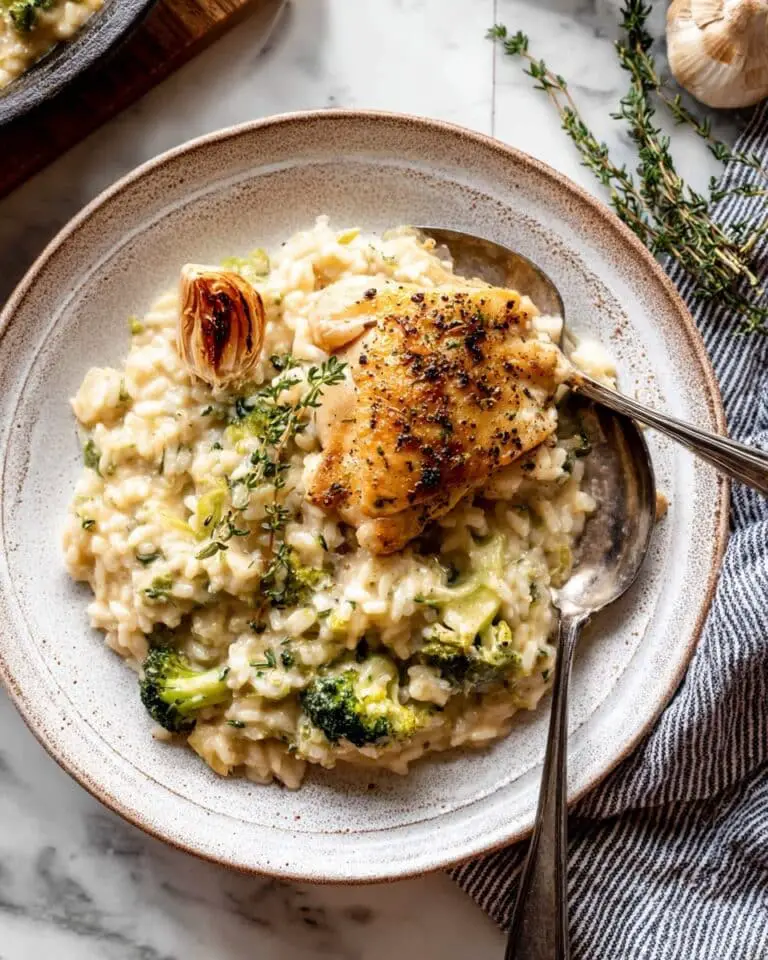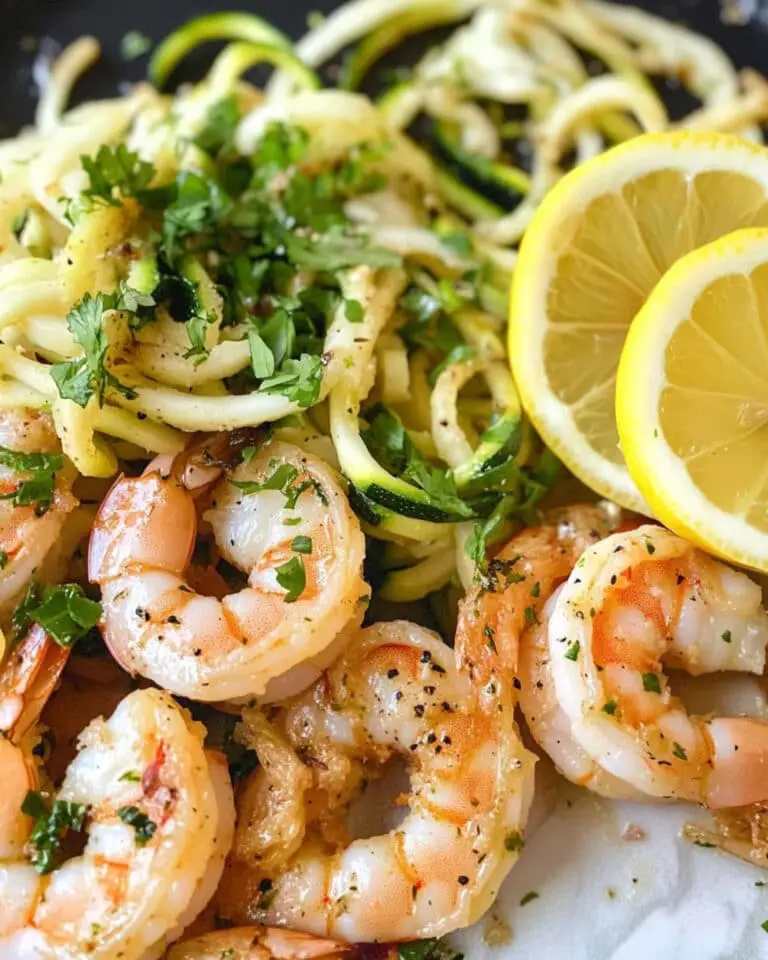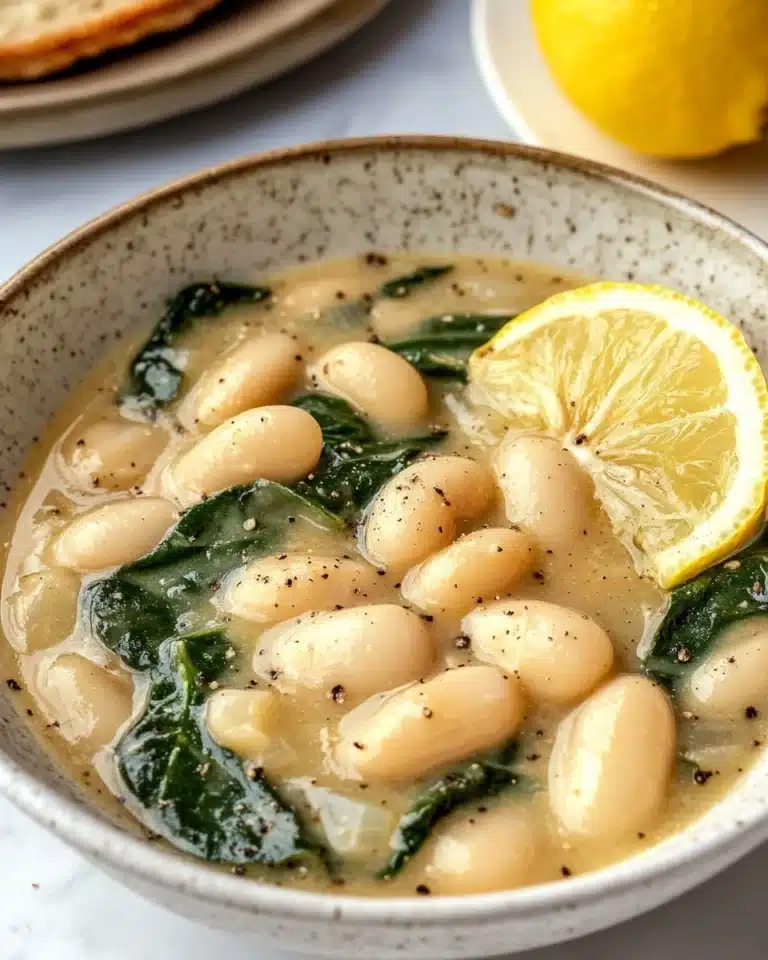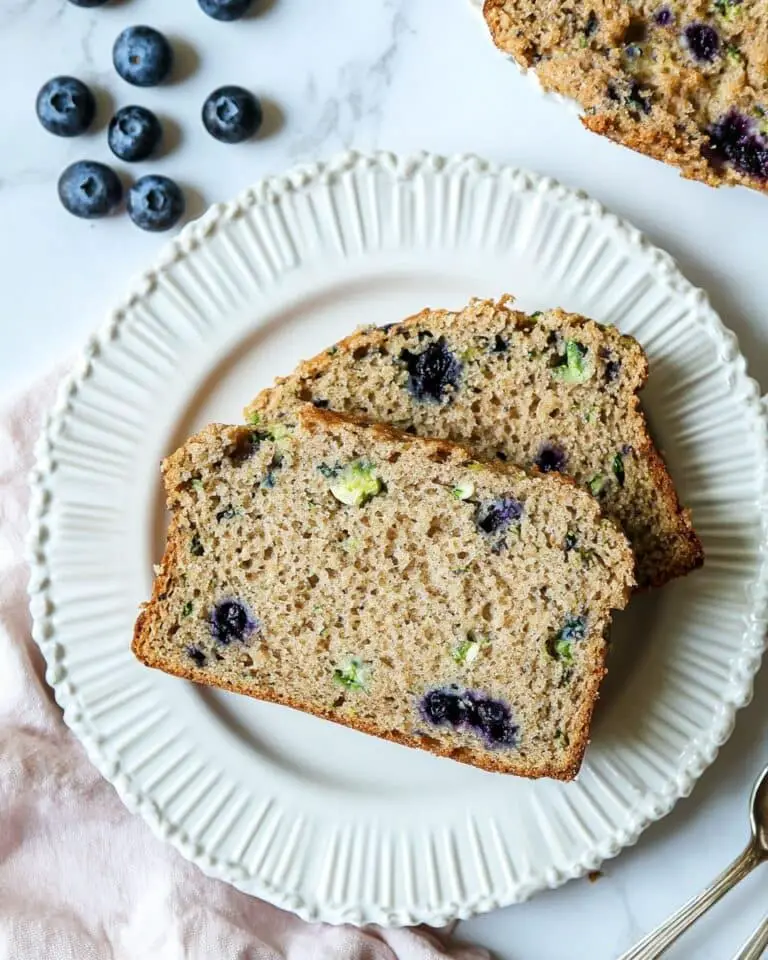This bright and zesty Red Wine Vinaigrette transforms ordinary salads into extraordinary meals with just a few minutes of effort. Perfectly balanced between tangy and sweet, with aromatic garlic and herbs, this homemade dressing will make you wonder why you ever bought the bottled stuff. It’s incredibly versatile, ridiculously easy to make, and stores beautifully for quick weeknight meals.
Why You’ll Love This Recipe
- Incredibly Quick: From ingredients to finished dressing in literally 5 minutes flat—perfect for those busy evenings when you need something delicious with minimal effort.
- Economical: Making your own vinaigrette saves money and reduces plastic waste from store-bought bottles. Plus, you probably already have most ingredients in your pantry!
- Customizable: This recipe is endlessly adaptable to your personal taste preferences—add more garlic if you’re a garlic lover, adjust the sweetness, or play with different herbs.
- Clean Ingredients: No preservatives, artificial flavors, or mystery additives—just pure, simple ingredients you can pronounce and feel good about eating.
Ingredients You’ll Need
- Red Wine Vinegar: The star of the show, providing that distinctive tangy backbone that makes this dressing sing.
- Lemon Juice: Adds a fresh brightness that balances the vinegar’s sharpness beautifully.
- Dijon Mustard: Not just for flavor—it helps emulsify the dressing so it stays blended longer and adds a gorgeous creaminess.
- Maple Syrup: Provides natural sweetness that rounds out the acidity. It offers more complexity than regular sugar would.
- Garlic: Fresh garlic brings incredible depth and a pungent kick that transforms this dressing.
- Dried Oregano: This Mediterranean herb adds earthy notes that pair perfectly with the red wine vinegar.
- Red Pepper Flakes: Optional but recommended if you enjoy a gentle heat that wakes up your taste buds.
- Extra Virgin Olive Oil: Use the good stuff here—its flavor shines through and creates the silky body of the dressing.
- Kosher Salt: Enhances all the other flavors and brings everything together harmoniously.
- Black Pepper: Freshly cracked is best for those little bursts of spice throughout your salad.
Note: You’ll find the complete list of ingredients, along with their exact measurements, in the printable recipe card at the bottom of this post.
Variations
This versatile vinaigrette welcomes creative tweaks:
- Herb Garden Mix: Add fresh chopped herbs like basil, parsley, or chives during summer months when they’re plentiful.
- Shallot Sophistication: Substitute finely minced shallot for garlic for a milder, more complex allium flavor.
- Mediterranean Style: Add a teaspoon of dried thyme and a tablespoon of finely crumbled feta cheese for a Greek-inspired variation.
- Honey Substitute: Swap the maple syrup for local honey if that’s what you have on hand.
- Balsamic Twist: Replace half the red wine vinegar with balsamic for a sweeter, more robust dressing.
How to Make Red Wine Vinaigrette
Step 1: Gather Liquid Base
Add the red wine vinegar and fresh lemon juice to a jar with a tight-fitting lid. Using a jar makes both mixing and storage super convenient.
Step 2: Add Emulsifiers and Seasonings
Add Dijon mustard, maple syrup, minced garlic, oregano, and red pepper flakes (if using). The mustard is crucial here—it helps bind the oil and vinegar together.
Step 3: Pour in Olive Oil
Add your extra virgin olive oil to the jar. The quality of oil matters significantly in a simple dressing like this!
Step 4: Season
Add kosher salt and freshly cracked black pepper to the mixture.
Step 5: Shake and Emulsify
Seal the jar tightly and shake vigorously for about 30 seconds until the dressing looks unified and slightly thickened.
Step 6: Taste and Adjust
Open the jar and dip a lettuce leaf or piece of bread to taste. Adjust with more mustard for tanginess, maple syrup for sweetness, or salt to enhance flavors as needed.
Pro Tips for Making the Recipe
- Temperature Matters: Remove the dressing from the refrigerator 15-20 minutes before using, as cold temperatures can cause the olive oil to solidify.
- Crushing Garlic: Press your garlic rather than mincing for the most evenly distributed flavor without any harsh bits.
- Emulsion Technique: If your dressing separates quickly, try adding an extra half-teaspoon of mustard—it’s a natural emulsifier.
- Quality Ingredients: Since there are so few ingredients, use the best-quality vinegar and olive oil you can afford—the difference is noticeable.
- Balance Check: A perfect vinaigrette should have a pleasant tart-sweet balance. If it makes you pucker too much, add a touch more sweetener.
How to Serve
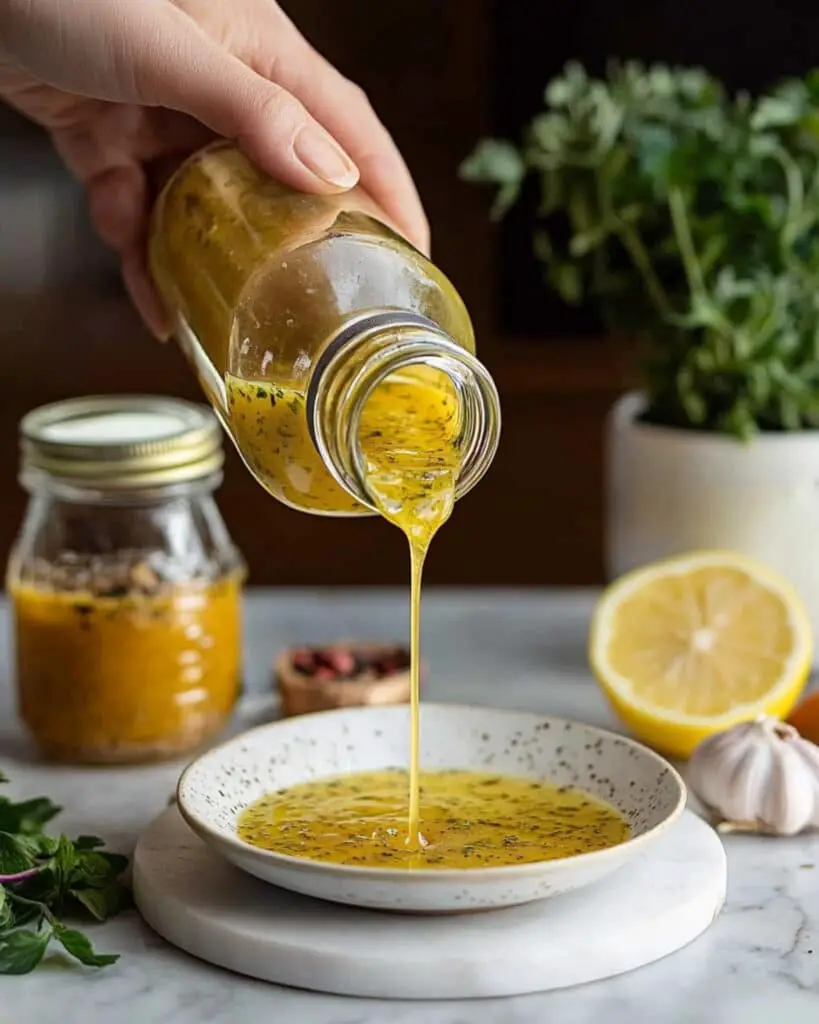
This versatile vinaigrette pairs beautifully with so many dishes:
Salad Pairings:
Perfect with robust greens like romaine, arugula, or kale that can stand up to its flavor. Try it with Mediterranean-inspired salads featuring olives, feta, and cucumbers.
Beyond Salads:
Drizzle over roasted vegetables just before serving for a flavor boost, use as a quick marinade for chicken breast, or toss with cooked pasta and cherry tomatoes for an easy pasta salad.
Bread Dipping:
Mix with a little extra olive oil for an excellent bread dipping sauce that’ll transport you straight to an Italian trattoria.
Make Ahead and Storage
Storing Leftovers
Store your vinaigrette in an airtight container or the jar you mixed it in for 1-2 weeks in the refrigerator. The garlic flavor will intensify after the first day!
Oil Solidification
Don’t panic if your dressing solidifies in the fridge—this is normal with olive oil. Simply let it sit at room temperature for 15-20 minutes and shake well before using.
Reusing
Give the jar a vigorous shake before each use, as natural separation will occur over time. If the dressing becomes too thick after refrigeration, add a teaspoon of warm water and shake to loosen it up.
FAQs
-
Can I use regular vinegar instead of red wine vinegar?
While you can substitute white vinegar or apple cider vinegar in a pinch, you’ll miss the distinctive fruity notes that red wine vinegar provides. Each vinegar has its own personality—white is sharper, apple cider is fruitier, and balsamic is sweeter. Adjust other ingredients accordingly if substituting.
-
Why did my dressing separate so quickly?
Homemade dressings naturally separate faster than commercial ones without stabilizers. The mustard helps, but separation is normal. Just give it a good shake right before using. If it’s separating too quickly, try adding a bit more Dijon mustard, which acts as a natural emulsifier.
-
Is this dressing healthy?
This vinaigrette is made with wholesome ingredients and contains heart-healthy olive oil. It’s certainly healthier than most commercial dressings, which often contain preservatives and added sugars. The maple syrup adds minimal sweetness without the processed sugars found in many bottled dressings.
-
Can I make this dressing without any sweetener?
Absolutely! The sweetener helps balance the acidity, but if you prefer a tangier dressing, you can reduce or omit the maple syrup entirely. Some people enjoy the clean, sharp flavor of an unsweetened vinaigrette, especially on more delicate greens or seafood dishes.
Final Thoughts
This Red Wine Vinaigrette isn’t just a dressing—it’s a little jar of kitchen magic that transforms the simplest ingredients into something truly special. Once you master this basic recipe, you’ll find yourself reaching for it several times a week, customizing it to your taste and whatever’s in your fridge. The best part? It takes less time to make than reading this recipe! Give it a try tonight, and I’m certain store-bought dressing will become a thing of your past.
Print
Homemade Red Wine Vinaigrette Recipe
- Prep Time: 7 minutes
- Cook Time: 0 minutes
- Total Time: 7 minutes
- Yield: 6 servings
- Category: Sauces-condiments
- Method: No-cook
- Cuisine: American, Mediterranean
- Diet: Vegan
Description
This tangy and zesty Red Wine Vinaigrette is made with red wine vinegar, lemon juice, garlic, Dijon mustard, maple syrup, oregano, and extra virgin olive oil. It comes together in just 7 minutes, perfect for elevating salads, roasted vegetables, or as a marinade. With adjustable flavors for sweetness, heat, or acidity, it’s a versatile, homemade dressing that is both simple and delicious.
Ingredients
-
Main Ingredients
- 2 1/2 tablespoons red wine vinegar
- 1 tablespoon freshly squeezed lemon juice (plus more to taste)
- 2 to 3 teaspoons Dijon mustard
- 2 to 3 teaspoons maple syrup (or agave nectar)
- 2 garlic cloves, grated, finely minced, or crushed with a press
- 1/2 to 1 teaspoon dried oregano
- 1/4 teaspoon red pepper flakes (optional, for a kick)
- 1/4 cup + 2 tablespoons (84g) extra virgin olive oil
- 1/2 teaspoon kosher salt, plus more to taste
- Freshly cracked black pepper, to taste
Instructions
- Combine Ingredients
Add the red wine vinegar and freshly squeezed lemon juice to a jar with a tight-fitting lid. Add 2 teaspoons of Dijon mustard, 2 teaspoons maple syrup, garlic, ½ teaspoon oregano, red pepper flakes (if using), extra virgin olive oil, ½ teaspoon kosher salt, and freshly cracked black pepper to taste. - Emulsify Vinaigrette
Seal the jar with the lid and shake vigorously to emulsify all ingredients until the vinaigrette is well mixed, slightly thickened, and smooth. - Adjust Seasoning
Taste the vinaigrette and adjust. Add more Dijon mustard for extra tang and creaminess, additional maple syrup for sweetness, or more lemon juice or vinegar for extra acidity. Season further with salt, pepper, or oregano as desired. - Alternative Method
If preferred, use a bowl instead of a jar (the classic method): Add all ingredients except the olive oil to the bowl, whisk together, and then slowly drizzle in the olive oil while whisking constantly until emulsified. - Storage
Store the vinaigrette in the sealed jar in the refrigerator for 1 to 2 weeks. Shake before each use.
Notes
- This vinaigrette recipe is easily adjustable—modify sweetener, acidity, or spice to suit your taste.
- Let the vinaigrette sit for an hour or so to allow flavors to meld for the best taste.
- Homemade vinaigrette stores well; shake before each use as natural separation may occur.
- Use as a salad dressing, marinade, or drizzle over roasted vegetables or grains.
Nutrition
- Serving Size: 1/6 of recipe (about 2.5 tablespoons)
- Calories: 142
- Sugar: 2g
- Sodium: 114mg
- Fat: 15g
- Saturated Fat: 2g
- Unsaturated Fat: 13g
- Trans Fat: 0g
- Carbohydrates: 2g
- Fiber: 0.2g
- Protein: 0.2g
- Cholesterol: 0mg


